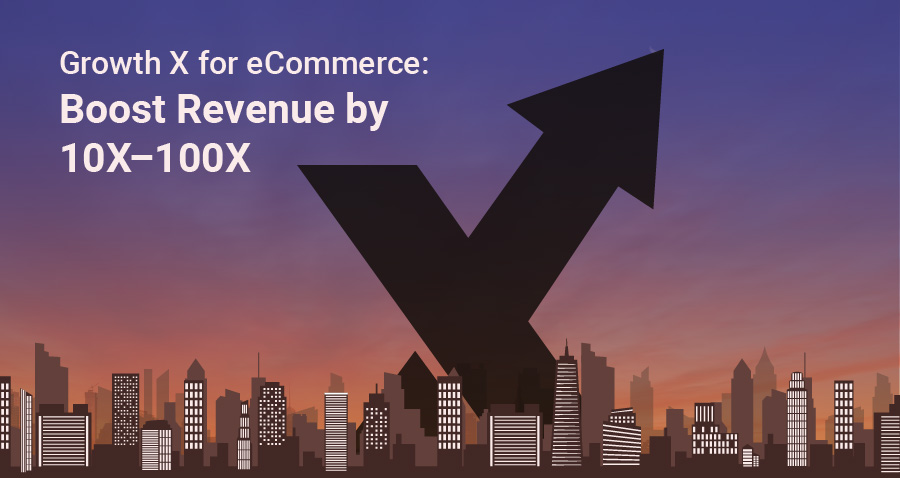
In the fiercely competitive world of eCommerce, having a well-structured platform is crucial for success. Without it, businesses risk frustrated customers and abandoned carts. Best practices to Magento 2 upgrade can help ensure a seamless transition to a more powerful and efficient platform. Studies indicate that a well-optimized platform can supercharge conversion rates by 300%. Additionally, the right platform enhances the mobile shopping experience, which now accounts for over 50% of all online sales, according to a Statista report.
Simply put, as online retail reshapes commerce, a strong and flexible platform is now a critical need. On that note, say hello to Magento – a name that has now practically become synonymous with eCommerce excellence. Magento has established itself as a stalwart of online retail, powering over 250,000 stores worldwide. This includes industry titans such as Coca-Cola, Samsung, and Nike.

As mighty as Magento may be, the fact remains that progress beckons for everyone. Enter Magento 2, the next evolutionary step in the platform’s existence. This iteration of the Magento platform marks a significant enhancement, offering improved performance, enhanced security, and a much more user-friendly interface. The transition to Magento 2, then, has become a strategic move for businesses, and an increasing number are recognizing the value it stands to bring to their online businesses.
Of course, upgrading to Magento 2 is a significant step for online stores. After all, it brings with it the promise of enhancements in performance, security, usability, and so much more. However, navigating this transition can be complex — at least without proper preparation. So, in this guide, I will provide practical insights and best practices to help you smoothly upgrade to Magento 2. This ensures that your online business continues to meet evolving digital demands.
Strategic Planning for a Seamless Upgrade
The most crucial step before upgrading to Magento 2 is careful planning and foresight. It’s essential to take enough time and collect all necessary resources before starting the upgrade. This strategic approach ensures smooth execution and reduces complications and risks.
So, make sure to spend enough time focusing on the scale and unique elements of your online store since they influence the time needed for the Magento 2 upgrade.
To cut a long story short, preparation is key – the more thorough you are, the smoother the transition will be.
Backups: A Crucial Step in Best Practices to Magento 2 Upgrade

Another important best practices to Magento 2 upgrade is to save everything related to the store. This means not only the store’s data and images, but also the intricate code that powers its functionality. This will make sure that in case your project runs into unforeseen issues during the upgrade process, the backups will serve as your safety net. This will allow you to swiftly restore your store to the last saved state.
If you find backing up your store cumbersome, there are many services available that automate this process. Experts recommend using these services because they ensure a smooth upgrade and provide a safety mechanism to protect your store’s integrity.
Ensuring Compatibility Before the Upgrade
It is imperative to carefully assess the additional tools, designs, and custom codes that have been integrated into the store before you upgrade to Magento 2. This is because older tools may not always seamlessly align with the new features of Magento 2. It may help to remember that the potential fallout from this misalignment is significant. The store could potentially run into functionality issues after the upgrade if you do not assess compatibility beforehand.

So, how can you mitigate this risk? I recommend that you start by conducting a thorough and close examination of every element. Make sure that nothing is ignored or susceptible to breaking during the upgrade process. And I’m not just talking about a simple visual check. You’ll need to rigorously test all pages and forms to ensure they function perfectly in the upgraded environment.
Analyze the Changelog for a Successful Magento 2 Upgrade

The smart approach to any upgrade, especially in technology, involves monitoring the changelog for the latest updates and features. Why? Because the changelog acts as your roadmap to the Magento 2 platform, detailing recent modifications and improvements. By reviewing this list, you get valuable insights into what’s new and the changes that will affect your Magento 2 store. Being armed with this knowledge, then, is a fundamental element of a smooth and successful upgrade.
Update Extensions: A Key Best Practice to Magento 2 Upgrade

Yet another highly recommended practice for your transition to Magento 2 is updating all extensions and plugins. And before you ask — no, it is not just about avoiding potential issues. It is really a strategic move that can considerably boost your eCommerce store’s capabilities. You see, extensions often receive updates that help them better align with the latest features and functionalities of the latest Magento version. So, in addition to feature enhancements, these updates frequently also bring essential security improvements to help safeguard your website against potential threats.
Conduct a Code Review Before You Upgrade to Magento 2
I want to call this one yet another crucial step but that’s the entire point of this list, is it not? Anyway, I digress, so I will get straight to it: conduct an extensive code review, custom or not. This means you will also need to pore over the special modules, plugins, and theme tweaks that have accumulated over time. But why invest so much time and effort? Well, the answer lies in the potential compatibility issues that may arise, especially if the code was initially written for an older Magento version.

So, what a code review does is serve as a friendly check-up for the website, helping you identify and address potential hiccups before they snowball into major headaches. This proactive approach is not only conducive for a seamless transition to Magento 2, but also serves as a robust defense mechanism.
Testing in a Dedicated Environment
Inclined as some may find themselves to go live with the upgrade straight away, testing before hitting the go live button is the smart thing to do. It would also be a good idea to set up a dedicated testing environment, a staging area if you will, where you can do a test run of the upgrade and see its impact on your eCommerce store site.

And if you run into any hiccups during this trial, we say “Excellent!” This is just the right opportunity to find and resolve issues, verify that every aspect of the upgraded store functions seamlessly, etc. Such preemptive testing is a safeguard for the store, allowing you to catch and rectify minor issues before they become something bigger. Oh, and did I mention this approach also helps you steer clear of any unexpected downtime or potential data loss. Better safe than sorry, right?
Best Practices to Magento 2 Upgrade: Round-the-Clock Monitoring

An upgrade is a significant stride — a step forward. Hence, ensuring its smooth execution is only logical. So, as you start the upgrade process, it is advisable to keep a vigilant eye on its progress. This way, you can keep a lookout for any potential hiccups, understand and address any issues that may arise, and get the opportunity to closely examine every aspect of the store.
There is simply no denying that a Magento 2 upgrade is a huge opportunity to take your eCommerce store to the next level. But as is the case with any complex undertaking, preparation is the key to success. In this article, we’ve explored the best practices for a seamless transition — starting from setting strategic goals and thorough testing to proactive monitoring.
With that being said, it is also prudent to acknowledge that the landscape of digital commerce is continually evolving. So, in your pursuit of excellence, enlisting the expertise of professionals, such as the ones over at Wagento, becomes not just a choice but a strategic imperative.
















